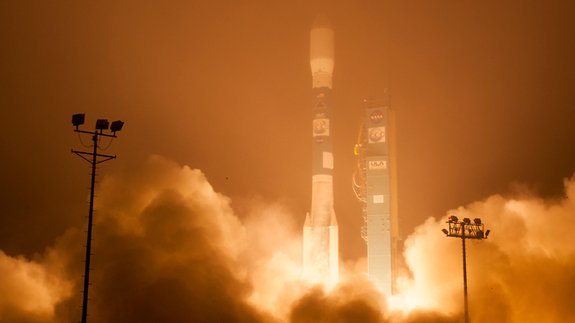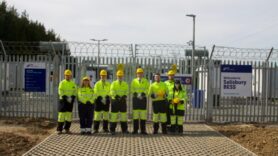US space agency NASA launched a satellite today which will pinpoint what parts of the Earth’s atmosphere and land emit and suck in the most carbon dioxide.
Called Orbiting Carbon Observatory-2 or OCO-2 for short, the satellite’s mission will take a minimum of two years.
NASA scientists say these carbon dioxide “sinks” are part of a longstanding scientific puzzle that has made it difficult to accurately predict how carbon dioxide levels will change in the future.
David Crisp, OCO-2 science team leader at NASA’s Jet Propulsion Laboratory (JPL) in Pasadena, California says: “Scientists currently don’t know exactly where and how Earth’s oceans and plants have absorbed more than half the carbon dioxide that human activities have emitted into our atmosphere since the beginning of the industrial era.
“Because of this we cannot predict precisely how these processes will operate in the future as climate changes. For society to better manage carbon dioxide levels in our atmosphere, we need to be able to measure the natural source and sink processes.”
The satellite has twin sets of solar arrays to power it.





